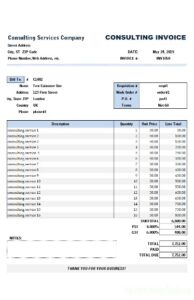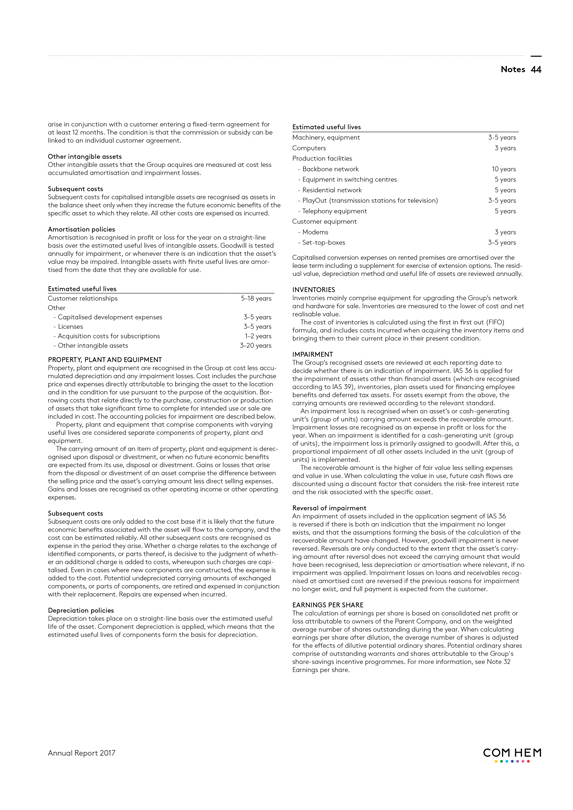Difference Between Bookings, Billings & Revenue In SaaS Definition, Structure & Examples

In one place, you can see your forecasted renewal bookings, billing, revenue, ARR, MRR, and more. For example, suppose a business signs numerous contracts due to an aggressive but temporary discount. In that case, high SaaS bookings may artificially inflate your future revenue projections. In reality, as soon as the deal ends, you will likely what is depreciation definition formulas and types secure fewer contracts. In other words, SaaS bookings record an income in full at the time of the agreement before any money is actually paid or collected. As far as revenue recognition goes, ASC 606 provides an overarching framework to recognize and report revenue that’s applicable across industries.
In this case, assume that our theoretical company closes a three-year SaaS deal with an average Annual Contract Value (ACV) of $120,000. On the Billings date, the company debits Accounts Receivable (AR) and credits Deferred Revenue (DR) for $120,000. On the payment date, the company credits AR and debits Cash for the $120,000 payment. At this point, the company has a contractual obligation to deliver the SaaS product for three years. But only the economic activity of the first year is accounted for in its financials.
- RevOps is a B2B and B2C strategy that aligns siloed revenue teams and unifies goals in marketing, sales, customer success, support, and finance.
- One of the early SaaS adopters was Splunk Inc., which implemented ASC 606 on February 1, 2018, and provides a good reference for RPO.
- This number reflects the current demand for your products or services and can give you an idea of how well your marketing efforts are performing.
- At this point, the company has a contractual obligation to deliver the SaaS product for three years.
- With information from the BBB, you can determine how much money is coming into your business, and how much you can safely spend.
Billings, Bookings and Backlog: What’s the Difference?
With information from the BBB, you can determine how much money is coming into your business, and how much you can safely spend. If your backlog of work decreases, it could indicate a problem with your sales. This may be due to a decrease in demand, a changing market, how stockouts can hurt your business and how to prevent them or problems with your suppliers.

While SaaS bookings give you a broader look at your finances, billings show if you have enough cash flow to maintain operations. In other words, billings give you a clear insight into your business’ health each month. The definition of SaaS bookings is the total value of orders or contracts that customers have made for a SaaS product or service during a specific period. Apart from sales, Bookings is an important metric for CFOs and finance teams as well, to help in planning cash outflows and inflows. Booking is a forward-looking metric that typically indicates the value of a contract signed with a prospective customer for a given period of time.
Who Should Track Revenue Backlog?
Frankly, there isn’t a one-size-fits-all revenue backlog calculation or formula. Generally, you calculate the revenue backlog for each ongoing contract by subtracting the recognized revenue from the total contract value. While high revenue can signal good business health, low bookings indicate issues in your ARR growth. Unless you’re billing customers upfront for the entire contract value, billings will always be lower than bookings because you’re only invoicing for a specific period. Another important aspect is converting bookings into recognized revenue.
Billings
Most business leaders rely on outdated and inaccurate information, which leads to sub-optimal decision-making and poorer performance as a result. Having access to accurate, up-to-date business information is vital to the success of your business. Remember that they are closely linked, so analyzing them together will give you a more accurate picture of how your business is doing. The criteria are simply that you have evidence that these commitments will come through, like a signed contract.
Learn about the importance of manufacturing forecasting, different manufacturing demand forecasting techniques, and forecasting software for manufacturing. On the other hand, however, if the size of your backlog is decreasing then there is likely to be a problem. Issues could mean your sales have dropped or could be related to market trends, supply chain, and many other areas. If this is the case, then it is advised that you look into the drop in your backlog to rectify the issue if possible.
How often should revenue backlog be reported and reviewed?
In this article, we’ll explain the differences between booking, billing, and backlog, and give you the know-how you need to master them. Learn more about how Chargebee can help you simplify the revenue recognition process. The Remaining Performance Obligation (RPO) metric is a valuable key performance indicator for the momentum of the business. Since its introduction in 2018, the use of RPO has gained significant traction. As an operator, you would be wise to use RPO as a key performance indicator. Current Remaining Performance Obligation (cRPO) – the sum of Deferred Revenue and Backlog the company must deliver over the next twelve months.
If this occurs, you should investigate the cause and take steps to the vertical balance sheet correct it. If your sales are increasing, this is likely a sign that your backlog of work is growing. It’s important to note any changes in the backlog, as they’re usually the first sign of some change or shift in business.


Leave a Reply
Want to join the discussion?Feel free to contribute!